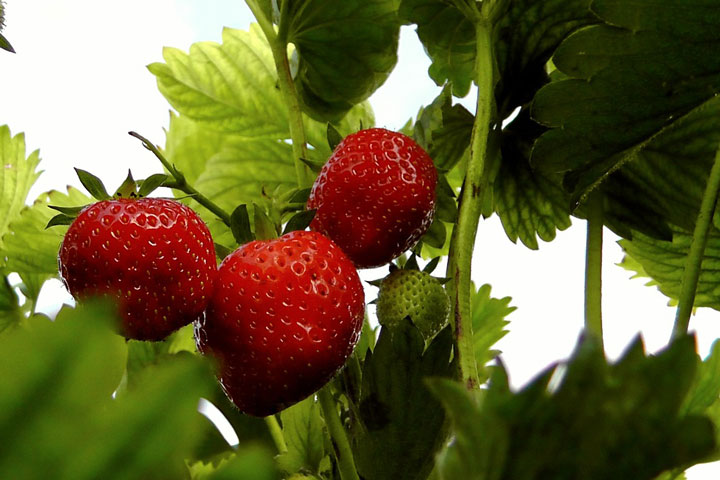
Tips – How to Grow Strawberries
These are probably the most rewarding of all fruits — there is nothing like the taste of your own first fresh-picked strawberry, or the second, or the third . . .
Strawberries need a very rich soil, full of humus, and benefit from slow- release sources of phosphorus, such as bonemeal. The site must be free of weeds and prepared well with additions of well-rotted manure or compost. To get the heaviest crops, give them seaweed meal dressings, too.
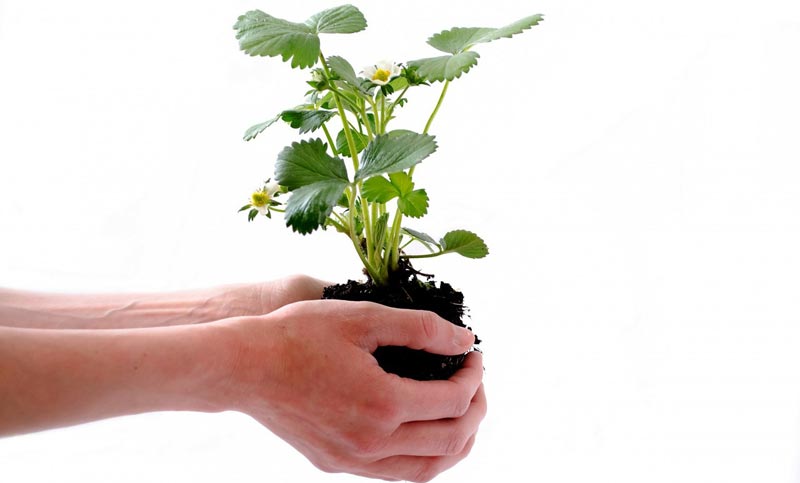 Strawberries can be grown in the vegetable plot, which also helps give that soil a clean break in rotation. The more space you give them the better they do and the less work they will be! A stride each way is the sensible minimum.
Strawberries can be grown in the vegetable plot, which also helps give that soil a clean break in rotation. The more space you give them the better they do and the less work they will be! A stride each way is the sensible minimum.
Strawberries must have bird protection — use nets or jam jars if a cage is not available. Slugs and ground beetles can also eat quite a few fruits. The worst problem, though, is wet weather when the fruit is ripening which not only causes mould (botrytis), but lowers their sweetness. By growing several varieties you can spread the cropping and minimise this risk. Cloching once the fruits are green is an alternative or, if used from late winter, will bring the crops forward by several weeks.
Strawing up once the fruits are swelling helps keep the berries clean and infections to a minimum, as does removing and destroying any mouldy fruits that do develop, preferably before the mould goes ‘fluffy’. Regular spraying with seaweed up until flowering will make them sturdy and help prevent infections.
After fruiting has finished, tidy the plants, shearing back surplus runners and dead leaves. In winter, tidy them again removing old straw as well.
Aphid attacks can be controlled with soft soap sprays. Any sickly, mottled or odd looking plants should be pulled up and burnt to prevent virus problems building up. It is necessary to replace one-third of your plants every year with new ones on new ground to get continuous and consistent cropping year after year. Ideally, grow replacements from your own stock for about five to ten years, and then buy new virus-free stock and start again.
Choose quality plants for propagation and remove all flowers. Root half a dozen good runners from each plant. The first plantlets on early runners are best. Start new beds in late summer or early autumn to allow them to establish, and then they can crop well the next summer. Late autumn or spring plantings should be deflowered the first summer, to build up their strength for a massive crop the next.
I do not like those vertical growing containers with many holes — they have too little compost and need far too much watering to be worthwhile. Strawberries can be grown in walls built of hollow concrete blocks or car tyres filled with compost if given sufficient watering. This works well, especially for early crops if facing the sun. The most ingenious method is to grow them in pots or troughs up in the eaves of a greenhouse. They get full light, fresh warm air, are away from the slugs, and easy to pick as they cascade.
Seed-raised strawberries are generally poor fruiters, apart from alpine strawberries. These do not runner, are easy to grow from seed, but only live a few years and have tiny fruits.
Alpine strawberries are very tolerant of soils and sites and will grow almost anywhere, the birds do not eat them as readily and when ripe the flavour is divine. They give only a few fruits at a time, but carry on fruiting from early summer till late autumn. Pick them weekly and freeze the fruits until you have enough to make jam which tastes too good to be true, or use them as garnishes.
Strawberries freeze easily, but lose their texture on thawing. However, if they are partially thawed they are delicious! Of course, they make wonderful jam. To make the jam set, add redcurrant, white currant or lemon juice. If you want strawberries to keep fresh for longer, pick them carefully in the morning once they are dry, leaving a bit of stem on and without touching the fruit.

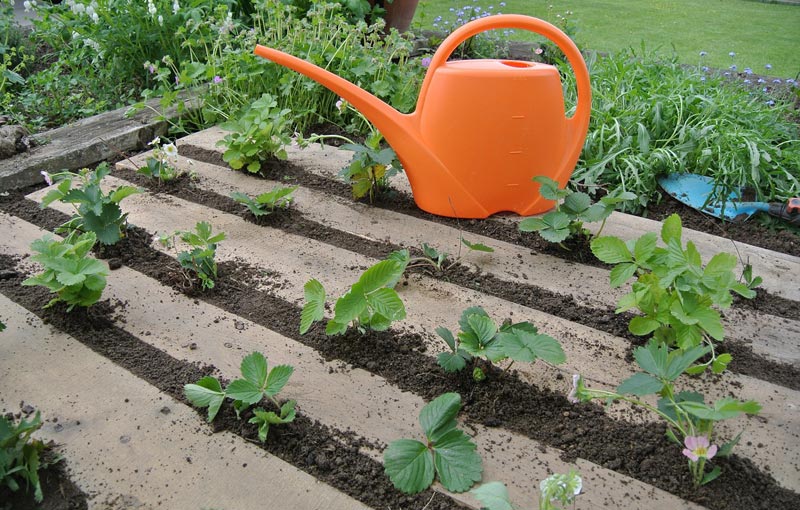
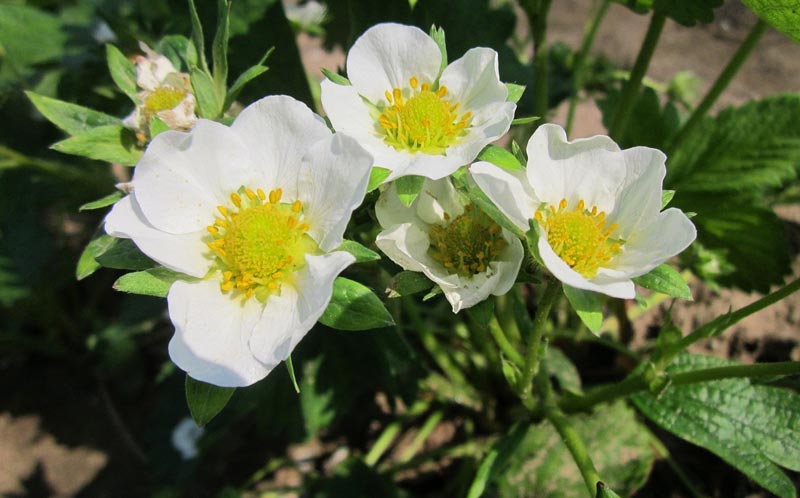
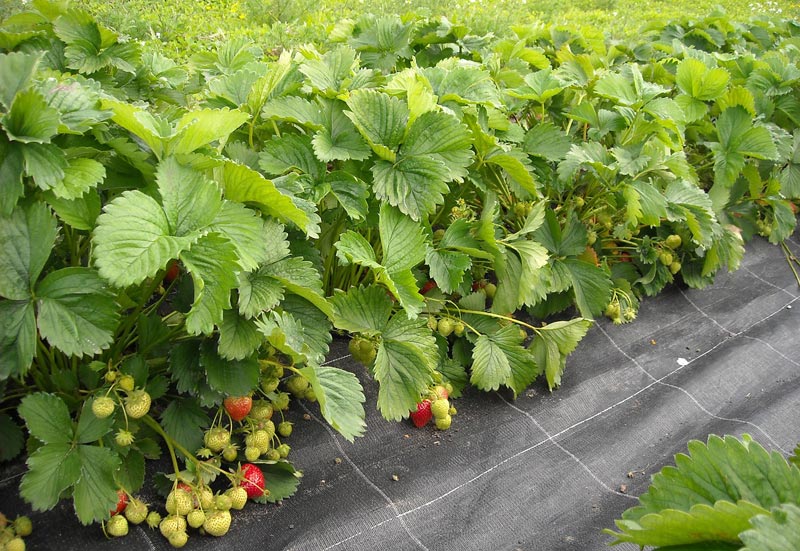
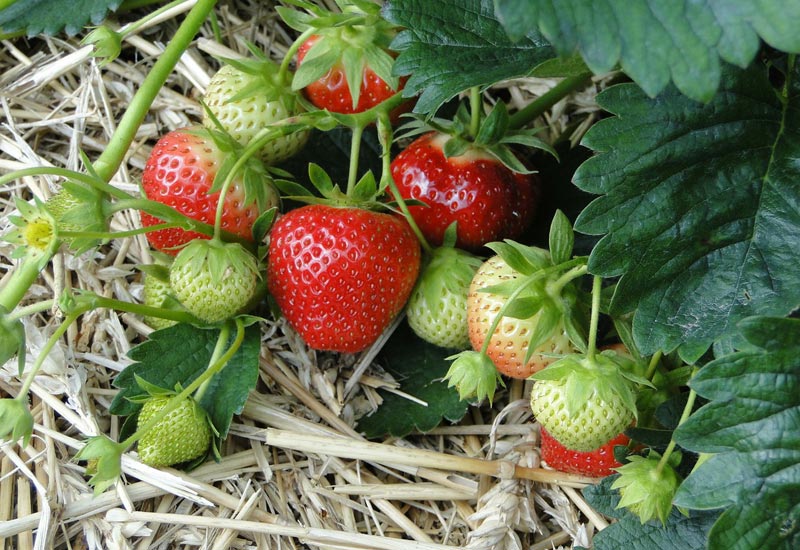
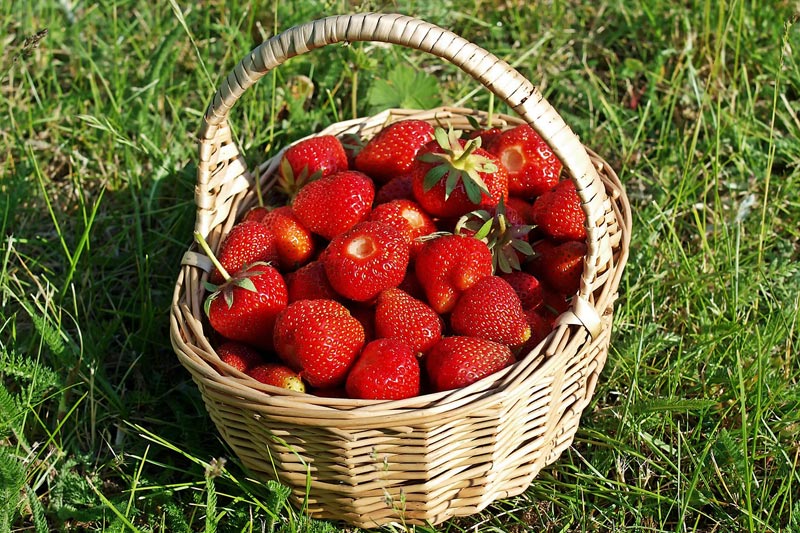
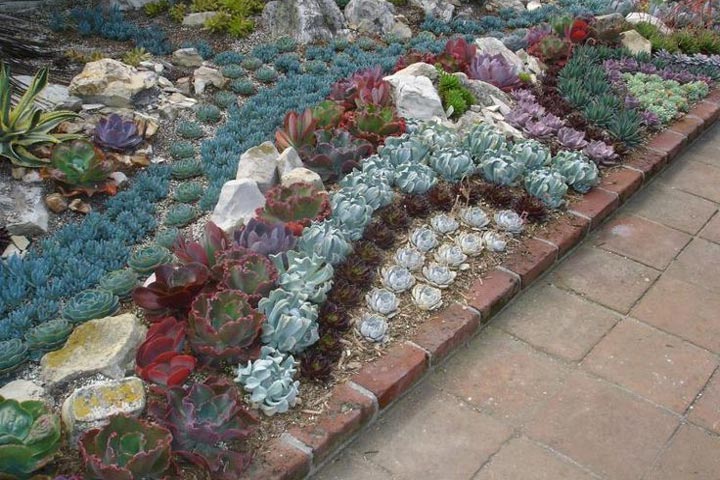
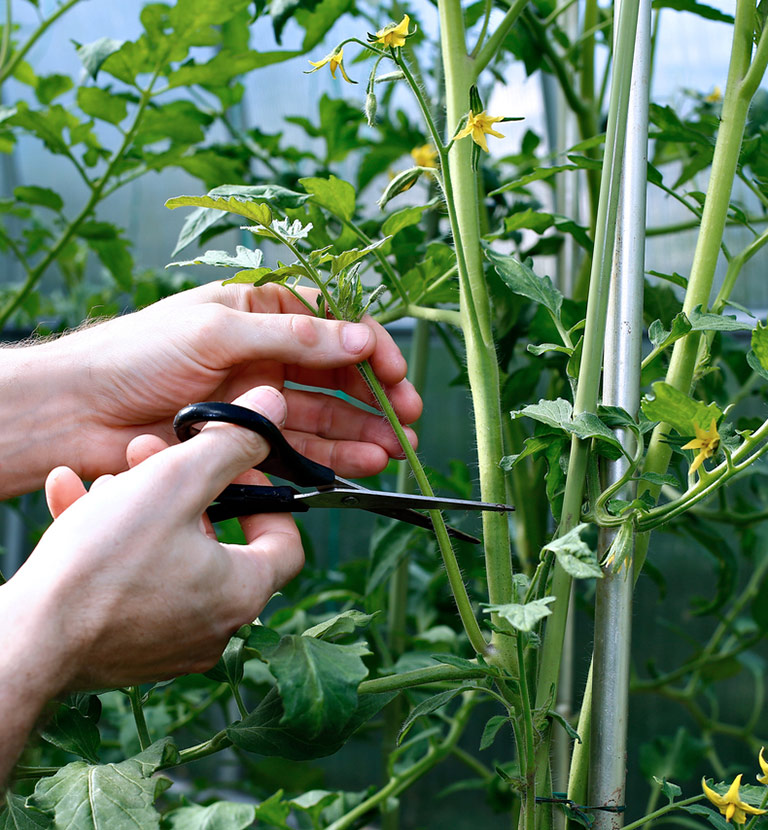
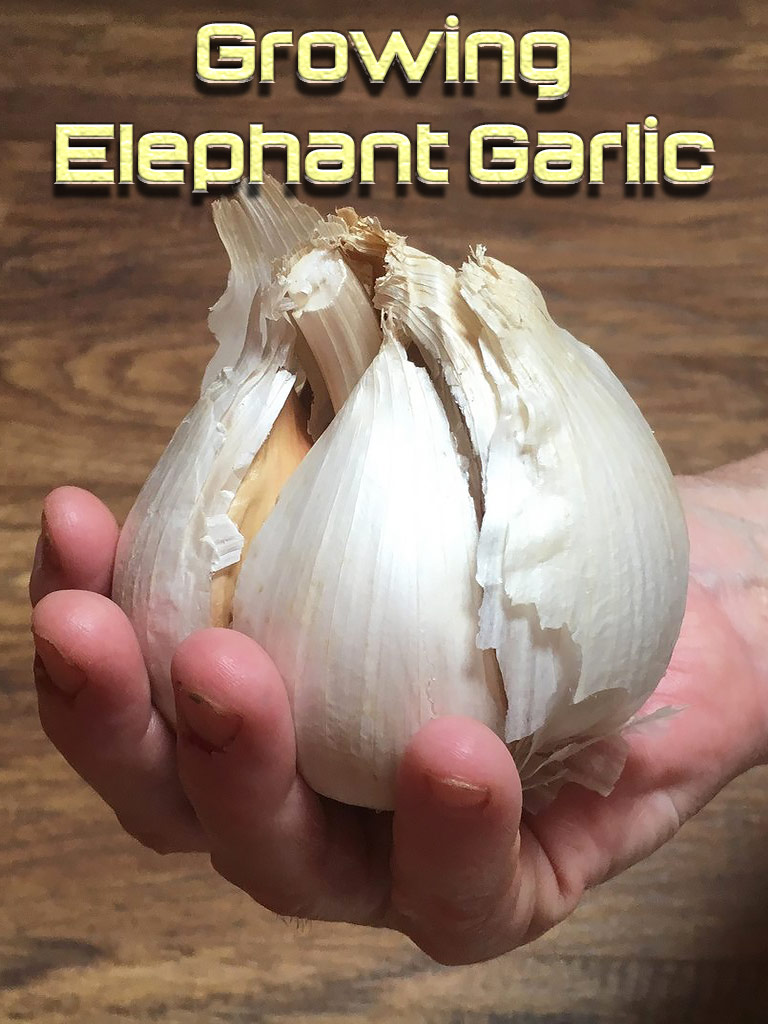
Leave a Reply